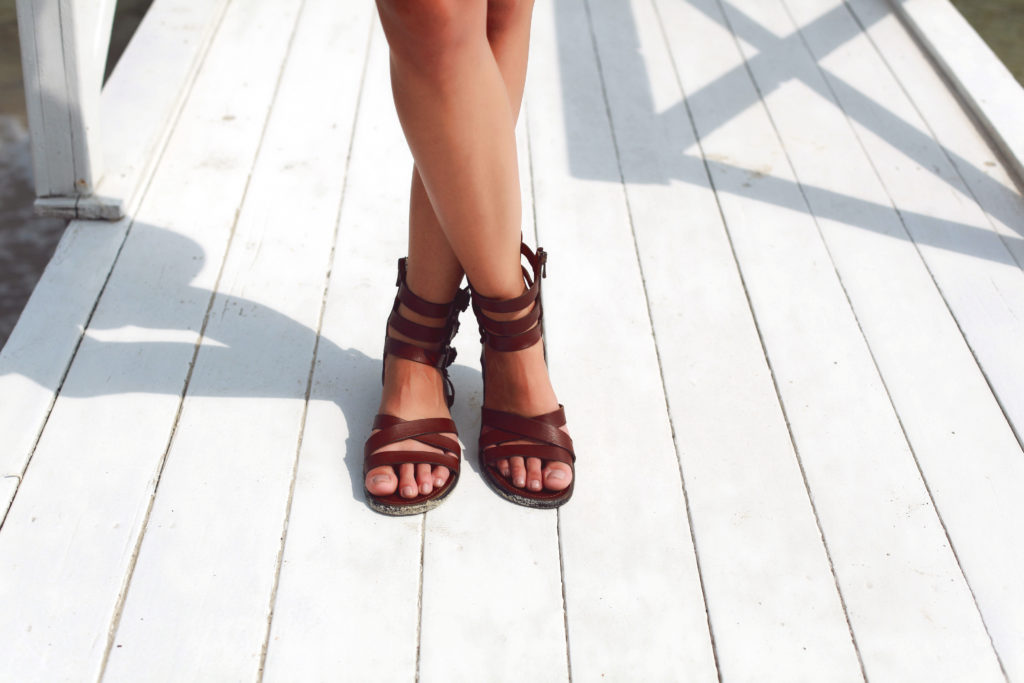Big Island residents are fleeing their neighborhoods after a volcano erupted in Hawaii on Thursday evening. The volcanic eruption follows hundreds of tremors and a strong earthquake that shook the eastern side of Hawaii’s Big Island.
Earlier this week, Big Island experienced mild tremors and on Thursday, a magnitude 5.0 earthquake struck, disturbing the already-active Kilauea volcano. Red ash billowed from the volcano, and lava seeped through roadway cracks near the lower, eastern side of the volcano.
Apart from the lava issuing from the volcano, the Hawaii County Civil Defense Agency has also reported dangerously high levels of sulfur dioxide.
With the help of the National Guard, about 1, 700 individuals have been evacuated from Leilani Estates until it is safe to return to their homes. But who knows how long that may be.
Of the five volcanoes comprising Hawaii, Kilauea is said to be the most active on Hawaii, and also one of the most active volcanos in the world. It last erupted in the summer of 2014, and for months, lava flowed from it, coming very close to a residential town.
And while this is a modern day phenomenon, Hawaii residents are taking it in stride as they remember the Hawaiian goddess, named Pele, who is said to live on the volcano, Kilauea.
One resident said, “I’m just hoping that it doesn’t hurt anybody’s home or hurt anyone, wherever Pele decides to pop out.”
Another said, “If Pele comes, Pele comes. Now we’re kind of crossing our fingers to see what Pele might do next.”




